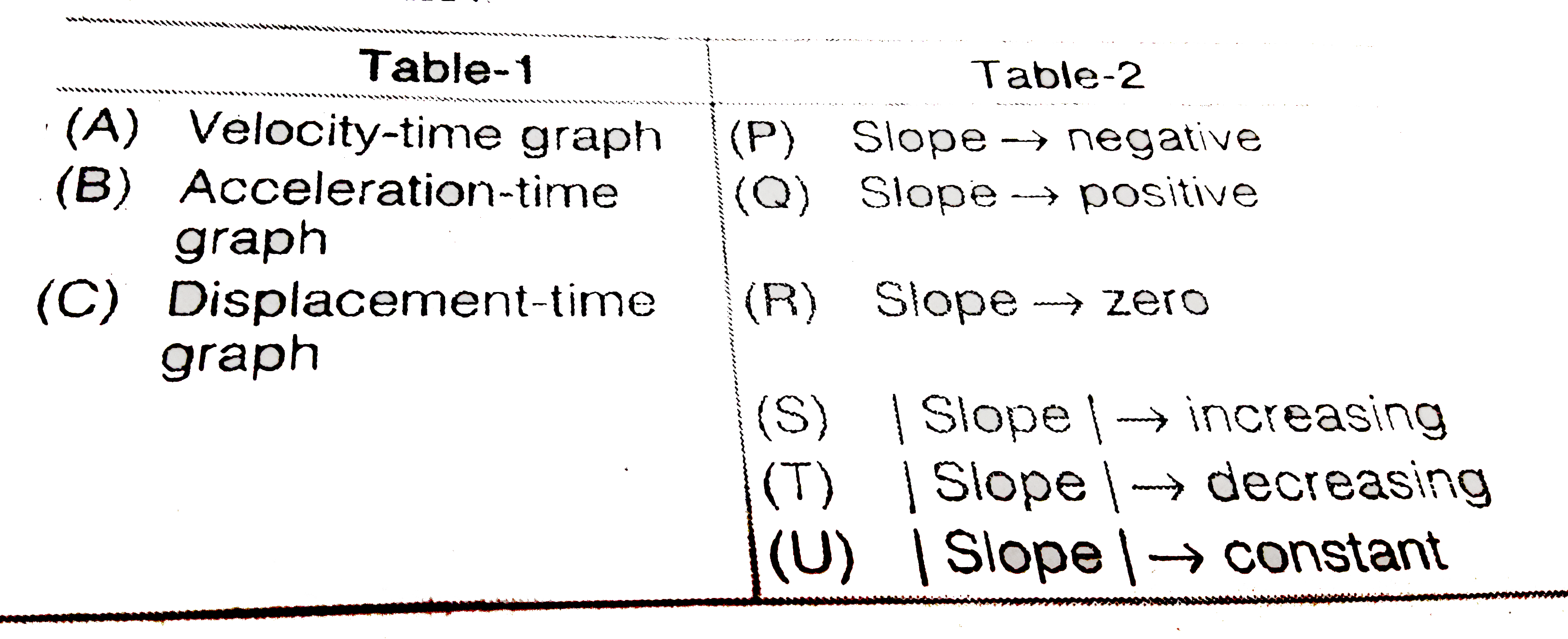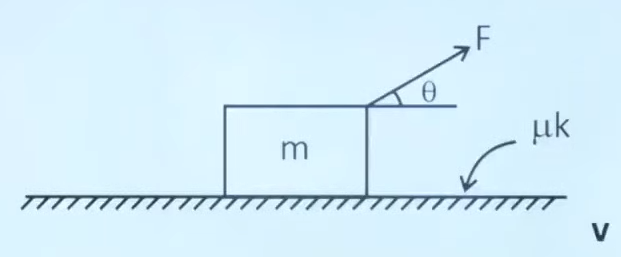What is centriprtal acceleration ? In which direction it acts ?
Step-by-Step Text Solution:
1. Understanding Centripetal Acceleration:
- Centripetal acceleration is the acceleration experienced by an object moving in a circular path. It is necessary for changing the direction of the object's velocity while maintaining a constant speed.
2. Direction of Centripetal Acceleration:
- Centripetal acceleration always acts towards the center of the circular path. This is because, as the object moves, its velocity vector changes direction, and the acceleration must be directed inward to facilitate this change.
3. Constant Speed and Changing Direction:
- When an object moves at a constant speed in a circular path, its speed remains unchanged, but its direction is continuously changing. This necessitates the presence of acceleration.
4. Perpendicular Acceleration:
- For the object to maintain a constant speed while changing direction, the acceleration must be perpendicular to the velocity vector. If the acceleration were in the same direction as the velocity, it would increase the speed instead of maintaining it.
5. Conclusion:
- Therefore, centripetal acceleration is defined as the property of motion of a body traversing a circular path, and it acts radially inward towards the center of the circle.
- Centripetal acceleration is the acceleration experienced by an object moving in a circular path. It is necessary for changing the direction of the object's velocity while maintaining a constant speed.
- Centripetal acceleration always acts towards the center of the circular path. This is because, as the object moves, its velocity vector changes direction, and the acceleration must be directed inward to facilitate this change.
- When an object moves at a constant speed in a circular path, its speed remains unchanged, but its direction is continuously changing. This necessitates the presence of acceleration.
- For the object to maintain a constant speed while changing direction, the acceleration must be perpendicular to the velocity vector. If the acceleration were in the same direction as the velocity, it would increase the speed instead of maintaining it.
- Therefore, centripetal acceleration is defined as the property of motion of a body traversing a circular path, and it acts radially inward towards the center of the circle.
Topper's Solved these Questions
- MOTION IN A PLANE Book:MODERN PUBLICATIONChapter:MOTION IN A PLANE Exercise:Revision Exercises (Additional Questions)
Explore 4 Videos
- MOTION IN A PLANE Book:MODERN PUBLICATIONChapter:MOTION IN A PLANE Exercise:Revision Exercises (Fill in the Blanks)
Explore 9 Videos
- MOTION IN A PLANE Book:MODERN PUBLICATIONChapter:MOTION IN A PLANE Exercise:Higher Order Thinking Skills & Advanced Level
Explore 6 Videos
- MECHANICAL PROPERTIES OF FLUIDSBook:MODERN PUBLICATIONChapter:MECHANICAL PROPERTIES OF FLUIDSExercise:Chapter Practise Test
Explore 16 Videos
- MOTION IN A STRAIGHT LINE Book:MODERN PUBLICATIONChapter:MOTION IN A STRAIGHT LINE Exercise:CHAPTER PRACTICE TEST
Explore 16 Videos
Similar Questions
Knowledge Check
Average acceleration is in the direction of .
AInitial velocityBFindl velocityCChange in velocityDFinal velocity if initial velcotu is zero.From the top of a cliff, a person uses a slingshot to fire a pebble straight downward, which is the negative direction. The initial speed of the pebble is 9.0 m/s. What is the acceleration ( magnitude and direction ) of the pebble during the downward motion ?
Azero m/s2B9.8m/s2 downwardC9.8m/s2 , upwardD1.1m/s2, upwardThe direction of centripetal acceleration or radian acceleration
Aopposite to →rBalong radiusCupwards prpendicular to the planeDperpendicular to the plane of circular path
Velocity of a particle is in negative direction with constant acceleration in positive direction. Then match the following:

View SolutionWhen only a force F1 acts on a body of mass 3 kg, it accelerates in north east direction with an acceleration of √2m/s2. When only a force F2 acts on it accelerates in south east direction with an acceleration of √2m/s2. What force F3 (in N) should act on body along with F1 and F2 so that the body is in equilibrium.
View SolutionIf several forces act in different direction on a body, in which direction will the body move?
View SolutionWhat is the magnetic dipole moment of a current loop? In what direction does it act?
View SolutionRahul is pushing a heavy sofa in the north-east direction. In which direction would frictional force act on the sofa?
View Solution


